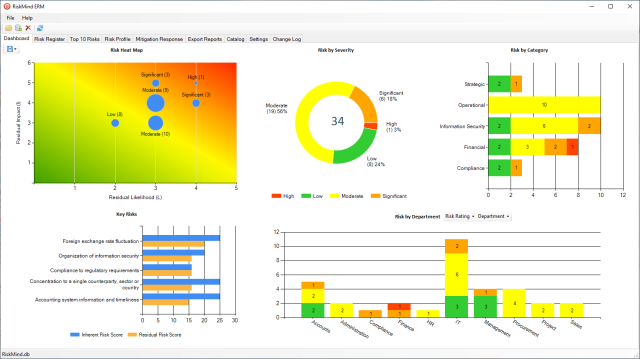Alpha risk (α) is the risk that the sample erroneously fails to support the correctness of the recorded amount when it is in fact correct (incorrect rejection).
Beta risk (β) is the risk that the sample erroneously supports the correctness of the recorded amount when it is misstated by a material amount (incorrect acceptance).

Alpha risk is the probability that the estimate differs from the recorded amount (Yo) by more than the precision (A) and lies outside the precision interval. It is the statistical significance of the test and the confidence level equals (1 – α). The commonly used confidence levels are:
| Confidence Level | α (1-sided) | α/2 (2-sided) | ||
| 80% | 0.20 | 0.10 | ||
| 90% | 0.10 | 0.05 | ||
| 95% | 0.05 | 0.025 | ||
| 99% | 0.01 | 0.005 |
Beta risk is the probability that the estimate is within the precision (A) of the recorded amount (Yo) when the true amount is overstated or understated by a material amount (T). The statistical power of the test to detect significant effect equals (1 – β). The desired power can be related to the acceptable level of detection risk in the Audit Risk Model (“beta concept”) and range from 50% to 95%:
| β | 0.50 | 0.40 | 0.30 | 0.20 | 0.10 | 0.05 | |
| Power (1 – β) | 50% | 60% | 70% | 80% | 90% | 95% |
References
- Donald M. Roberts (1978), Statistical Auditing, New York: American Institute of Certified Public Accountants.
- Trevor R. Stewart (2012), Technical Notes on the AICPA Audit Guide: Audit Sampling, New York: American Institute of Certified Public Accountants.




